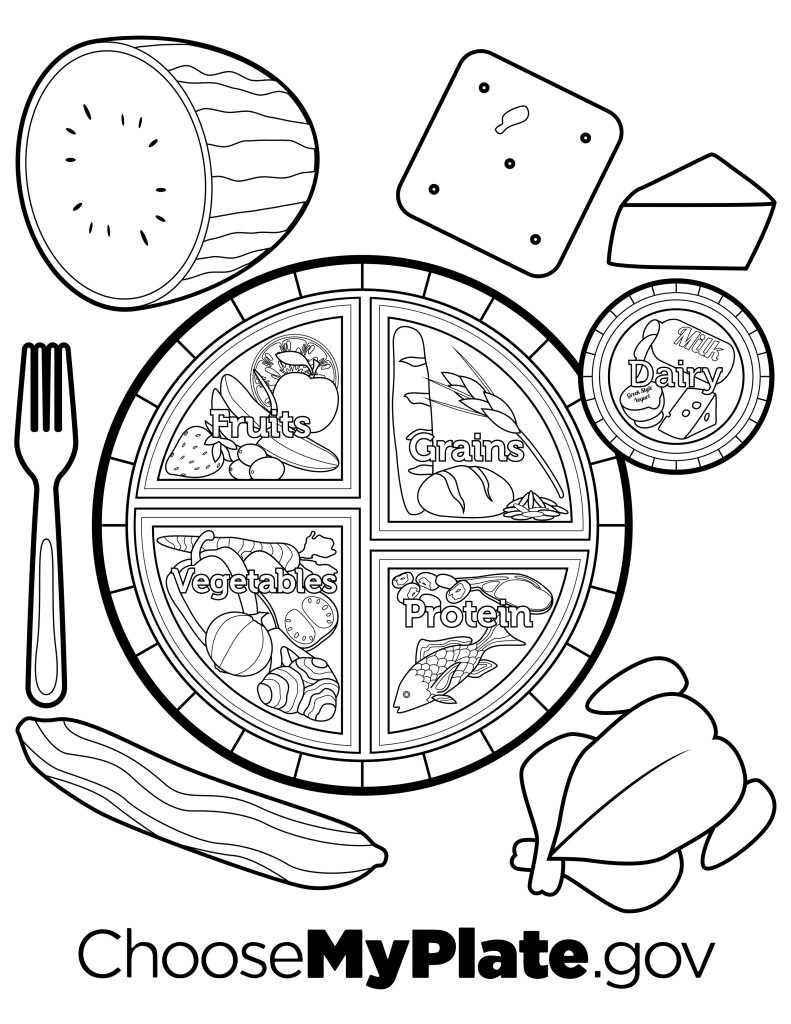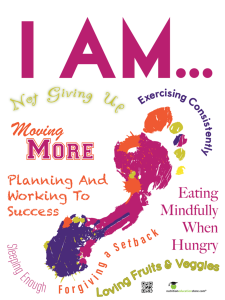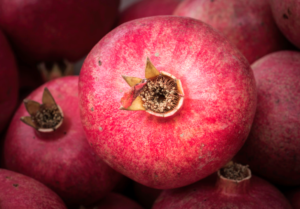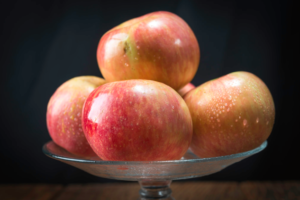I don’t watch television cooking shows very often, because their food safety practices usually upset me.
I once watched a popular show (the hostess is a household name that I won’t mention) and spotted at least three things that I would consider food safety problems — these included unsafe recipes for food preservation and cooking temperatures that were just WRONG.
I’m not the only one who is concerned about these shows and what they are teaching (or not teaching) their audiences. Back in 2004, a research project looked at over 60 hours of cooking shows. They spotted an unsafe handling practice every four minutes. More recent research studies have shown similar results.
It isn’t getting better.
All of the studies documented a lack of handwashing, cross-contamination between raw and ready-to-eat food, and not using a thermometer to ensure that the foods have been cooked properly.
Other unsafe practices spotted include: fly-away-hair, chipped nail polish, potential contamination with wiping cloths, not washing produce, touching ready-to-eat food with bare hands (combined with inadequate handwashing), sweating onto food, touching hair, licking fingers, double dipping with tasting spoons, and eating while cooking.
One of the studies noted that — not surprisingly — only 13% of the shows they watched mentioned any type of food safety practice.
While I know that these shows are produced primarily for entertainment, I wish they would do a better job of modeling good food safety procedures. They have the opportunity to teach millions of viewers, but they don’t.
So I had an idea for those that teach food safety.
Have your students watch a few of these shows and note the unsafe practices. Perhaps you could watch a few together and then discuss what they saw and why they identified those items. Have them check too for any good practices or mention of food safety too.
They’ll never look at a cooking show the same way again.
By Cheryle Jones Syracuse, MS, Professor Emeritus at The Ohio State University
References:
- Mathiasen, L.A., Chapman, B.J., Lacroix, B.J. and Powell, D.A. 2004. Spot the mistake: Television cooking shows as a source of food safety information, Food Protection Trends 24(5): 328-334.
- Nancy L. Cohen, Rita Brennan Olson. Compliance With Recommended Food Safety Practices in Television Cooking Shows. Journal of Nutrition Education and Behavior, 2016.
- Curtis Maughan, Edgar Chambers, Sandria Godwin. Food safety behaviors observed in celebrity chefs across a variety of programs. Journal of Public Health, 2016.
And here are a few fantastic resources for National Nutrition Month!






















